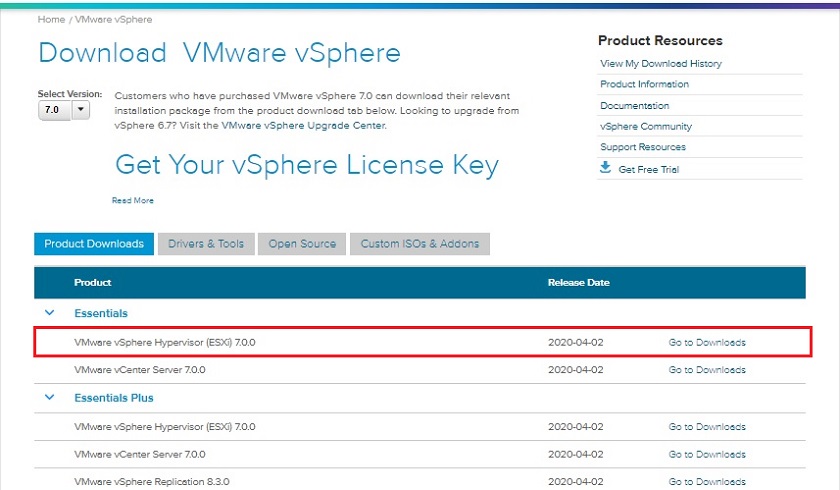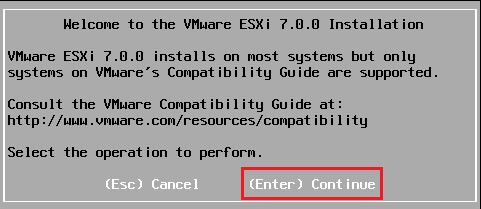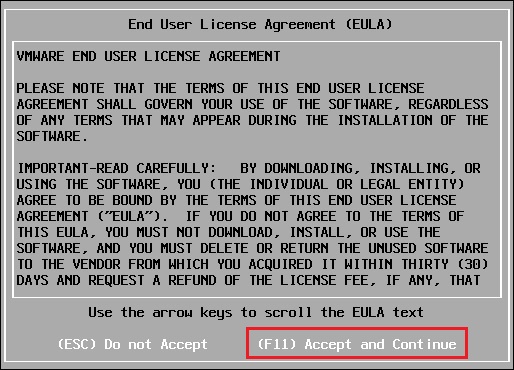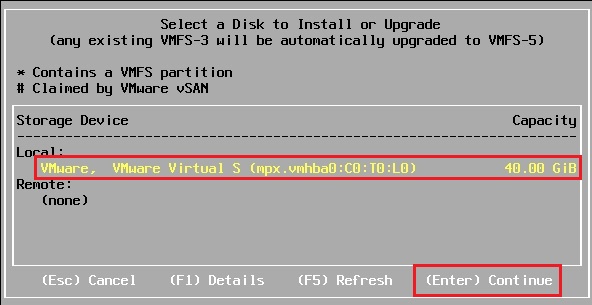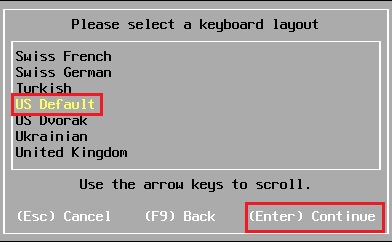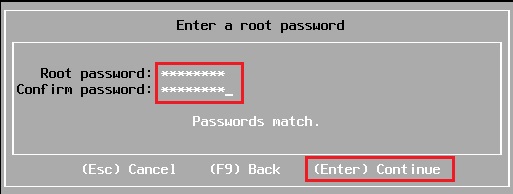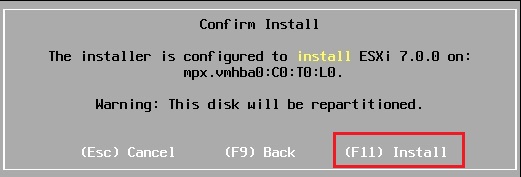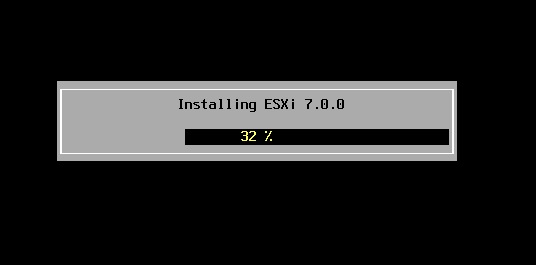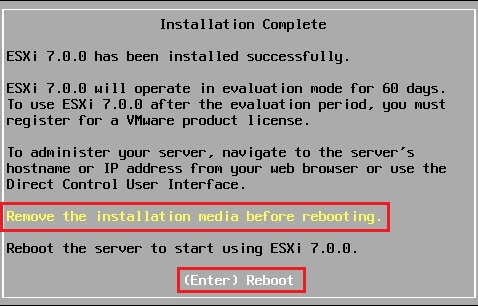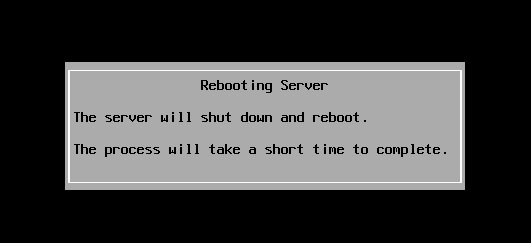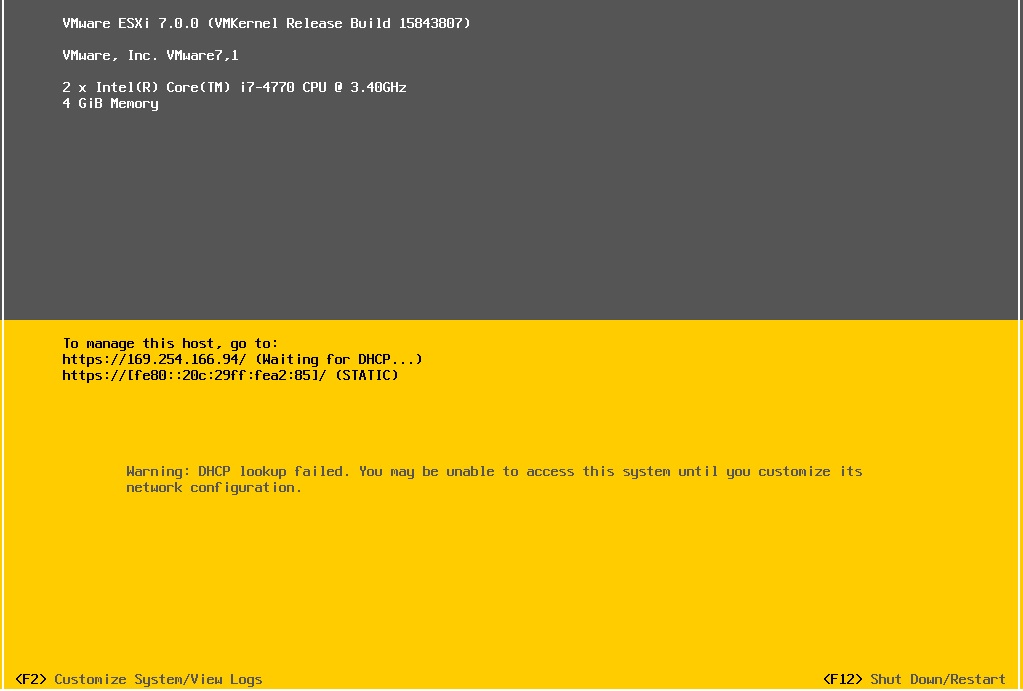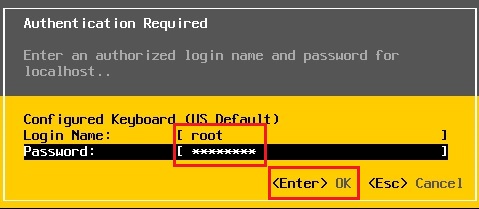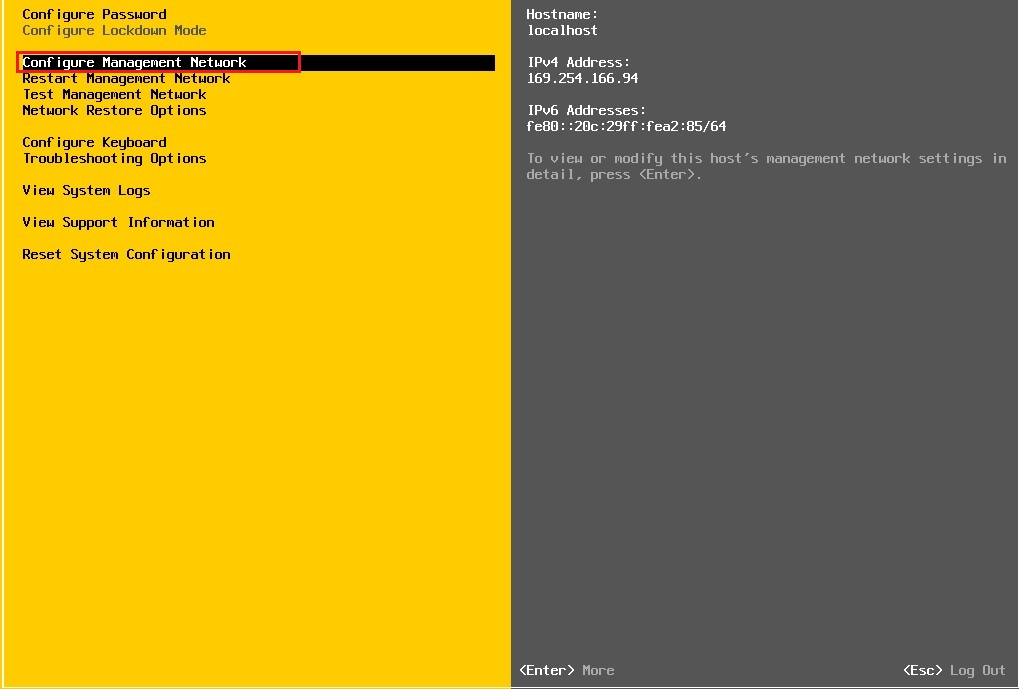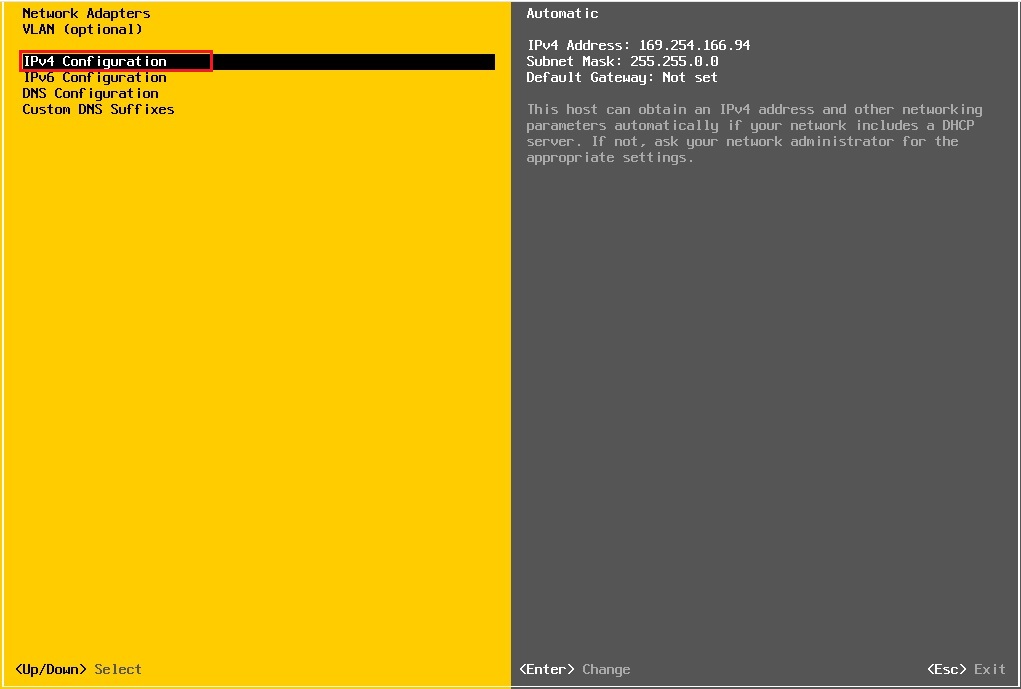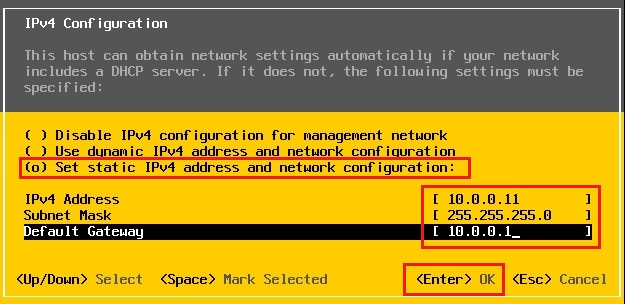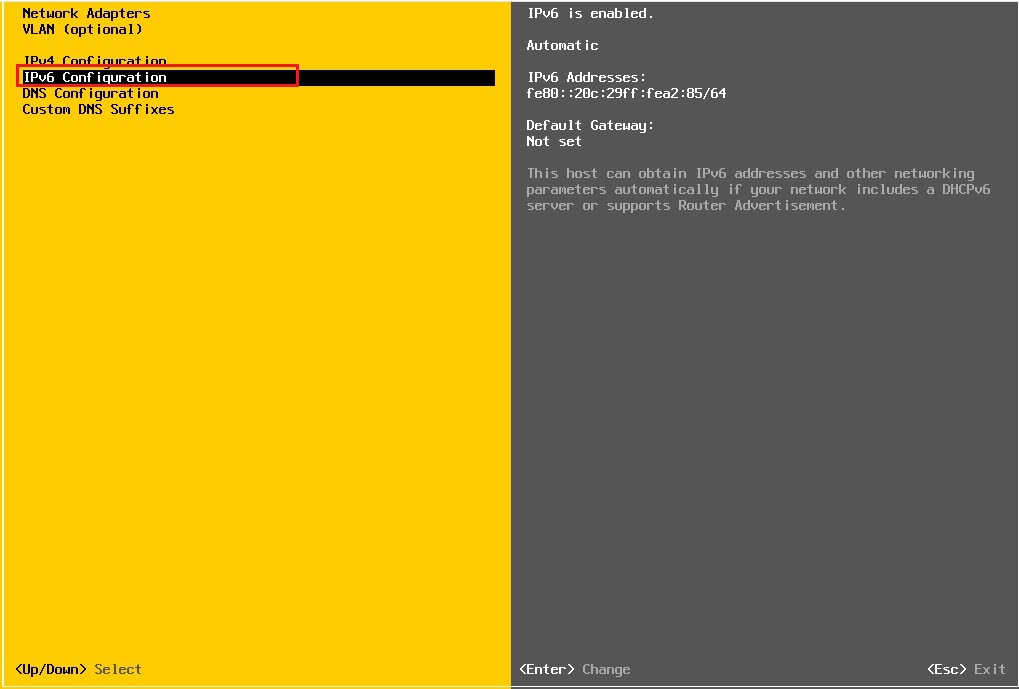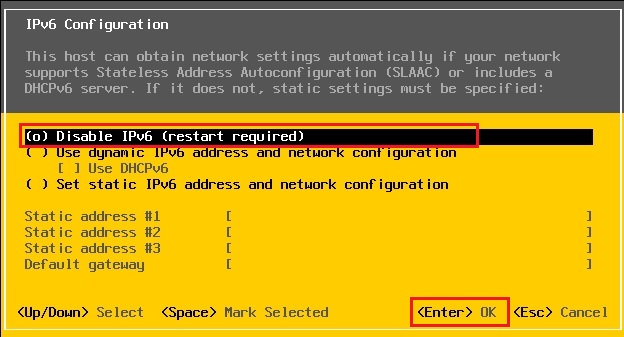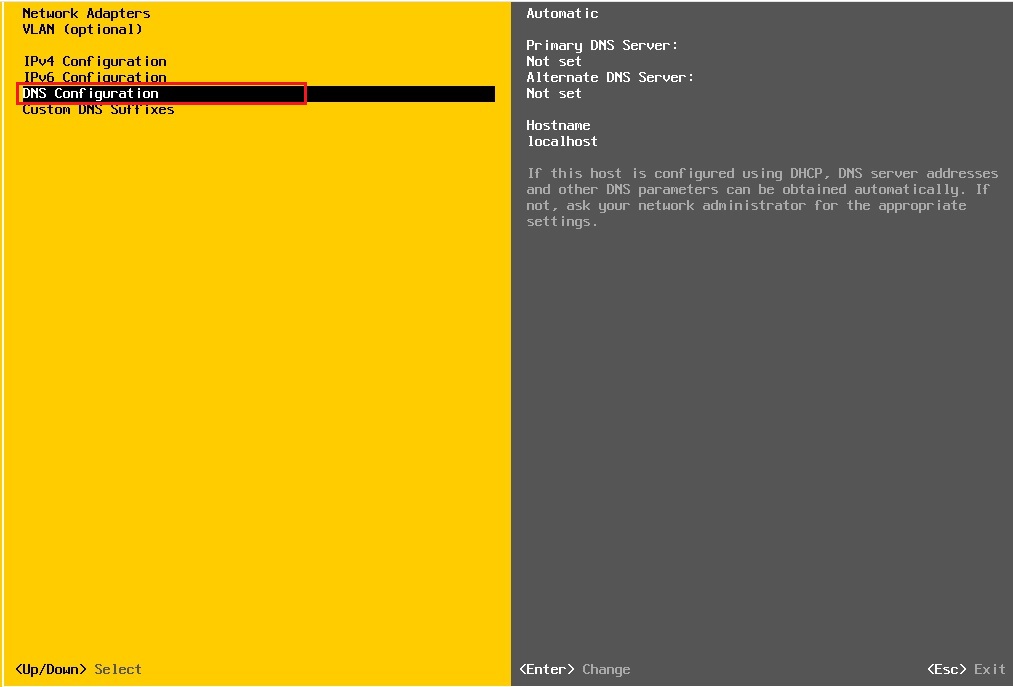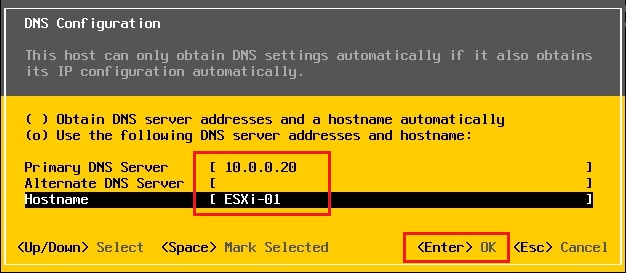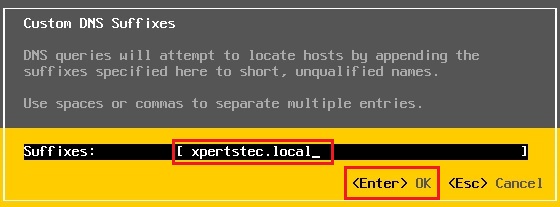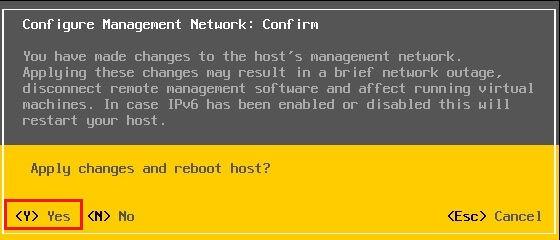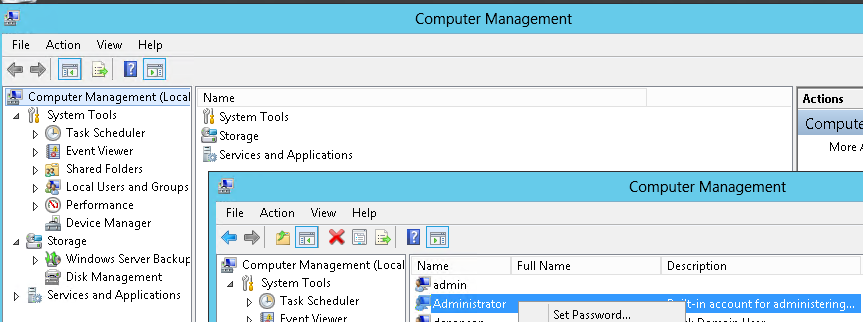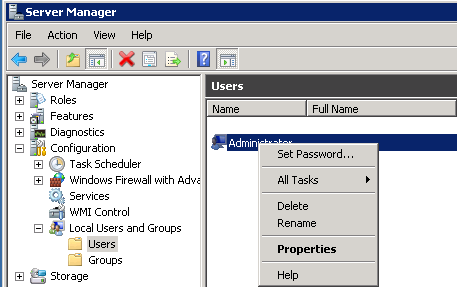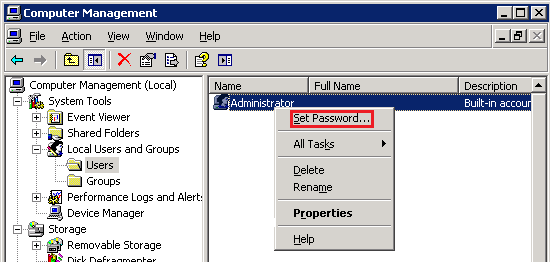2. Install Apache
Install Apache HTTP server.
$ sudo yum install -y httpd
Set Apache port to 8080. Edit httpd.conf with nano.
$ sudo nano /etc/httpd/conf/httpd.conf
Change the line “Listen 80” to “Listen 8080“, then save and close the file. The line should like like this when finished.
Listen 8080
Start the Apache service.
$ sudo systemctl start httpd.service
$ sudo systemctl enable httpd.service
3. Test Apache configuration
Create a test file.
$ sudo touch /var/www/html/test.html
Use curl to test the server at port 8080. This verifies Apache is configured correctly.
$ curl -I http://localhost:8080/test.html
HTTP/1.1 200 OK
Date: Fri, 10 Jul 2020 13:10:04 GMT
Server: Apache/2.4.6 (CentOS)
Last-Modified: Fri, 10 Jul 2020 13:09:56 GMT
ETag: "0-5aa160eb192a8"
Accept-Ranges: bytes
Content-Type: text/html; charset=UTF-8
4. Install Varnish
Add the EPEL repository.
$ sudo yum install -y epel-release
Install the dependency packages.
$ sudo yum install -y pygpgme yum-utils
Add the Varnish Cache repository. Edit /etc/yum.repos.d/varnish60lts.repo
$ sudo nano /etc/yum.repos.d/varnish60lts.repo
Paste the following, then save and close the file.
[varnish60lts]
name=varnishcache_varnish60lts
baseurl=https://packagecloud.io/varnishcache/varnish60lts/el/7/x86_64
repo_gpgcheck=1
gpgcheck=0
enabled=1
gpgkey=https://packagecloud.io/varnishcache/varnish60lts/gpgkey
sslverify=1
sslcacert=/etc/pki/tls/certs/ca-bundle.crt
metadata_expire=300
Update the yum cache for the Varnish repo.
$ sudo yum -q makecache -y --disablerepo='*' --enablerepo='varnish60lts'
Install Varnish.
$ sudo yum install -y varnish
Verify Varnish is installed and the correct version.
$ sudo varnishd -V
varnishd (varnish-6.0.6 revision 29a1a8243dbef3d973aec28dc90403188c1dc8e7)
Copyright (c) 2006 Verdens Gang AS
Copyright (c) 2006-2019 Varnish Software AS
Enable Varnish at system boot.
$ sudo systemctl enable --now varnish
Configure Varnish to listen at port 80, from the default of 6081. Edit varnish.service with nano.
$ sudo nano /usr/lib/systemd/system/varnish.service
Change the line beginning with ExecStart from port 6081 to port 80, then save and close the file. The line should like like this when finished.
ExecStart=/usr/sbin/varnishd -a :80 -f /etc/varnish/default.vcl -s malloc,256m
Restart the Varnish service.
$ sudo systemctl daemon-reload
$ sudo systemctl restart varnish
5. Test the Installation
Use curl to test from the server console.
$ curl -I http://localhost/test.html
The output should resemble this. The X-Varnish: 2 and Via: 1.1 varnish (Varnish/6.0) headers appear when Varnish Cache is running.
HTTP/1.1 200 OK
Date: Thu, 09 Jul 2020 18:46:00 GMT
Server: Apache/2.4.6 (CentOS)
Last-Modified: Thu, 09 Jul 2020 18:45:53 GMT
ETag: "0-5aa06a2507662"
Content-Length: 0
Content-Type: text/html; charset=UTF-8
X-Varnish: 2
Age: 0
Via: 1.1 varnish (Varnish/6.0)
Accept-Ranges: bytes
Connection: keep-alive
Test from your local workstation, substitute your instance’s IP address. Verify the Varnish headers appear.
Linux
$ curl -I http://192.0.2.123/test.html
Windows PowerShell
PS> curl -Uri http://192.0.2.123/test.html
Troubleshooting
Check ports
Use the ss utility to verify which processes are listening on which ports.
# ss -lnpt | grep 80
LISTEN 0 128 *:80 *:* users:(("cache-main",pid=2253,fd=3),("varnishd",pid=2243,fd=3))
LISTEN 0 128 [::]:80 [::]:* users:(("cache-main",pid=2253,fd=5),("varnishd",pid=2243,fd=5))
LISTEN 0 128 [::]:8080 [::]:* users:(("httpd",pid=1373,fd=4),("httpd",pid=1372,fd=4),("httpd",pid=1371,fd=4),("httpd",pid=1370,fd=4),("httpd",pid=1369,fd=4),("httpd",pid=1368,fd=4))
Make sure varnishd is listening on port 80 and httpd is on port 8080 as shown.
Test with curl
$ curl -I http://localhost/test.html
HTTP/1.1 503 Backend fetch failed
Date: Fri, 10 Jul 2020 14:01:13 GMT
Server: Varnish
Content-Type: text/html; charset=utf-8
Retry-After: 5
X-Varnish: 2
Age: 0
Via: 1.1 varnish (Varnish/6.0)
Content-Length: 278
Connection: keep-alive
If curl returns “HTTP/1.1 503 Backend fetch failed” as shown above, check the /etc/varnish/default.vcl file.
$ nano /etc/varnish/default.vcl
Make sure the backend default section points to Apache at port 8080.
backend default {
.host = "127.0.0.1";
.port = "8080";
}
